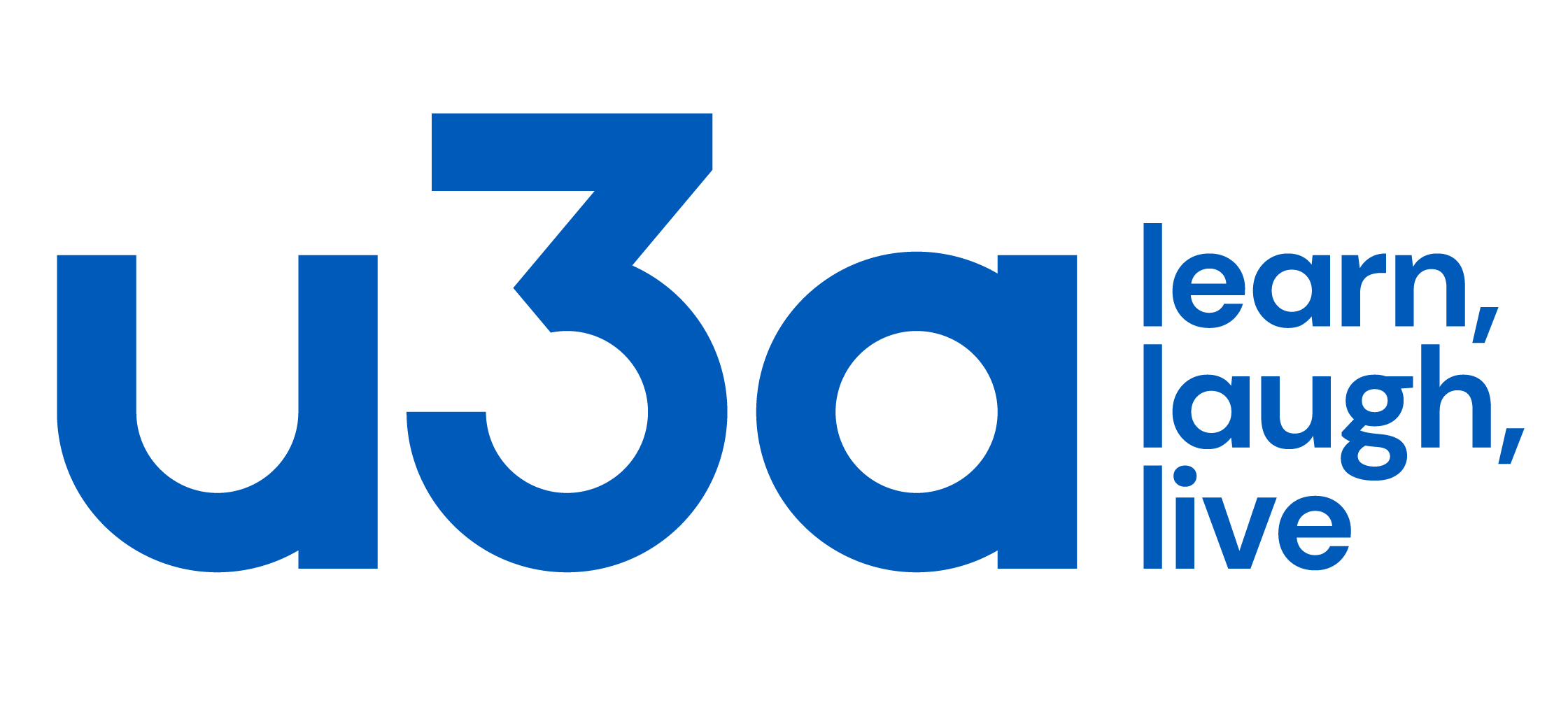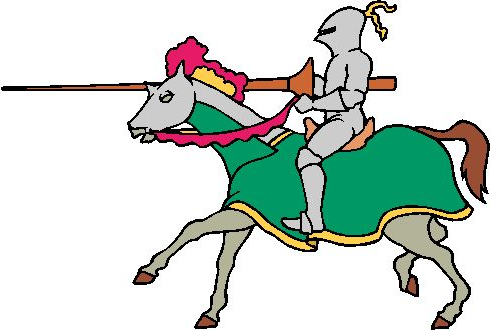 |
 |
 |
 |
 |
 |
The History Group
Leader: Ronald (Yogi) Godwin - history@ashbyu3a.co.uk - phone 01530 467840
Yogi is ably assisted by Jane Barnett, Barbara Ball, Colin Ellis, Jane Harris and Isobel Salt
All Ashby u3a members are welcome at our meetings.
All meetings with speakers will be held at Packington Memorial Hall on the 4th Thursday of the month.
Doors open for Packington meetings at 2.15pm. Admission £2
Details of visits will be advised closer to the time.
The following dates have been arranged, but may be subject to changes which will be announced as and when they are known.
Future programme | ||||
| Date | Time | Venue | Speaker & Subject | Details |
| Thu 22nd Jan | 2:15 pm | Packington Village Hall. | Michael Smith - 'A History of Cartoons' | |
| Thu 26th Feb | 2:15 pm | Packington Village Hall. | Yogi Godwin - 'Ashby Heroes 1 - William Hastings' | |
| Thu 26th Mar | 2:15 pm | Packington Village Hall. | Julie Holland -'Newbold, Coleorton, a local history' | |
| Sat 25th Apr | 2:15 pm | Packington Village Hall. | Andy and Mary Jones - 'A stroppy lot' - Tales of Leicestershire Dissenters | |
| Thu 28th May | 2:15 pm | Packington Village Hall. | Isobel Salt - A self-drive to the National Arboretum | |
| Thu 25th Jun | 2:15 pm | Packington Village Hall. | Michael Hardy - A hands-on identification of historical artefacts | |
| Thu 23rd Jul | 2:15 pm | Packington Village Hall. | Colin Ellis - A coach trip to Leeds | |
| Thu 27th Aug | 2:15 pm | Packington Village Hall. | Colin Ellis - 'A Railway Extravaganza' | |
| Thu 24th Sep | 2:15 pm | Packington Village Hall. | Yogi Godwin - 'Course review and future planning' | |
| Thu 22nd Oct | 2:15 pm | Packington Village Hall. | Yogi Godwin - 'Ashby Heroes 2 - Rawdon Hastings' | |
| Thu 26th Nov | 2:15 pm | Packington Village Hall. | Yogi Godwin - 'Christmas Whoopsies' | |
Thursday 27th November. Christmas Reminiscences
Today was fun and laughter day for a good crowd of 33.
Yogi led us all in a pre-Christmas round of gentle tasks but first reminded us of things that occurred on or near this date in history.
In 1799 Income tax was first imposed to pay for the War against France; The State Pension in the UK began in 1909 at a means tested 5/- for a single person. Which was sad, as the great grandfather of one of our number died in that year! The ‘Car Tax’ was introduced in 1920 when there were around 300,000 motorised vehicles on the road. (Interestingly there had been taxes on road going vehicles as far back as 1747) As a Road Fund tax, it was supposed to pay for roads, but by 1937 it became another part of the general pot (plot?). There are currently over 35 million cars on our roads (not all at the same time!) The Family Allowance for the second and subsequent child came in in 1945, but there had been earlier allowances. Yogi introduced us to the ways of the foreigner. It would seem best to be a citizen of the Emirates, as almost everything seems to be free, but not if you are not a citizen. The French system is designed to encourage more children, as, like many western nations, falling birth rates, and ultimately, populations, spell bad news for many businesses, and national budgets.
In November we celebrate Winston Churchill’s birthday, the capture and execution of Guido Fawkes and his co-conspirators (and, no, they weren’t burnt at the stake!), All Souls Day in which we are supposed to remember the dear departed who have had to pause awhile in Purgatory to atone for any lingering stains, St Andrew, Hannukah, National Adoption Day, and more recently, Thanksgiving (although for what event we here in the UK Give Thanks is problematic).
This is the season of mists and mellow fruitfulness (it says here), but in December 1952 we suffered the Great Smog, which in London alone took thousands of lives, and almost the life of one of our members. Also in December, of course, we have Christmas and Jesus’ birthday. And on the 8th we also celebrate the Immaculate Conception.
After these interesting reminiscences, Yogi organised us for a round of fun. We were constrained to get up off our chairs and circulate (literally) and exchange names with the other members. We then sat down in small groups and talked about Christmas past and present (!), relating stories of joy, surprise and embarrassment. After a suitable time, Yogi then had one of each group stand up and tell us all of special events related by the other members. A good technique for training attention to a conversation, fixing the salient points in the head and presenting them to a large group. Terrifying for the tyro, but soul cleansing for everyone. Hearing of others’ Christmas antics, escapades and faux pas past brought so many memories back.
Here's to more memories this year.
Merry Christmas and a Happy New Year, one and all!
See you all on the other side on January the 22nd in 2026